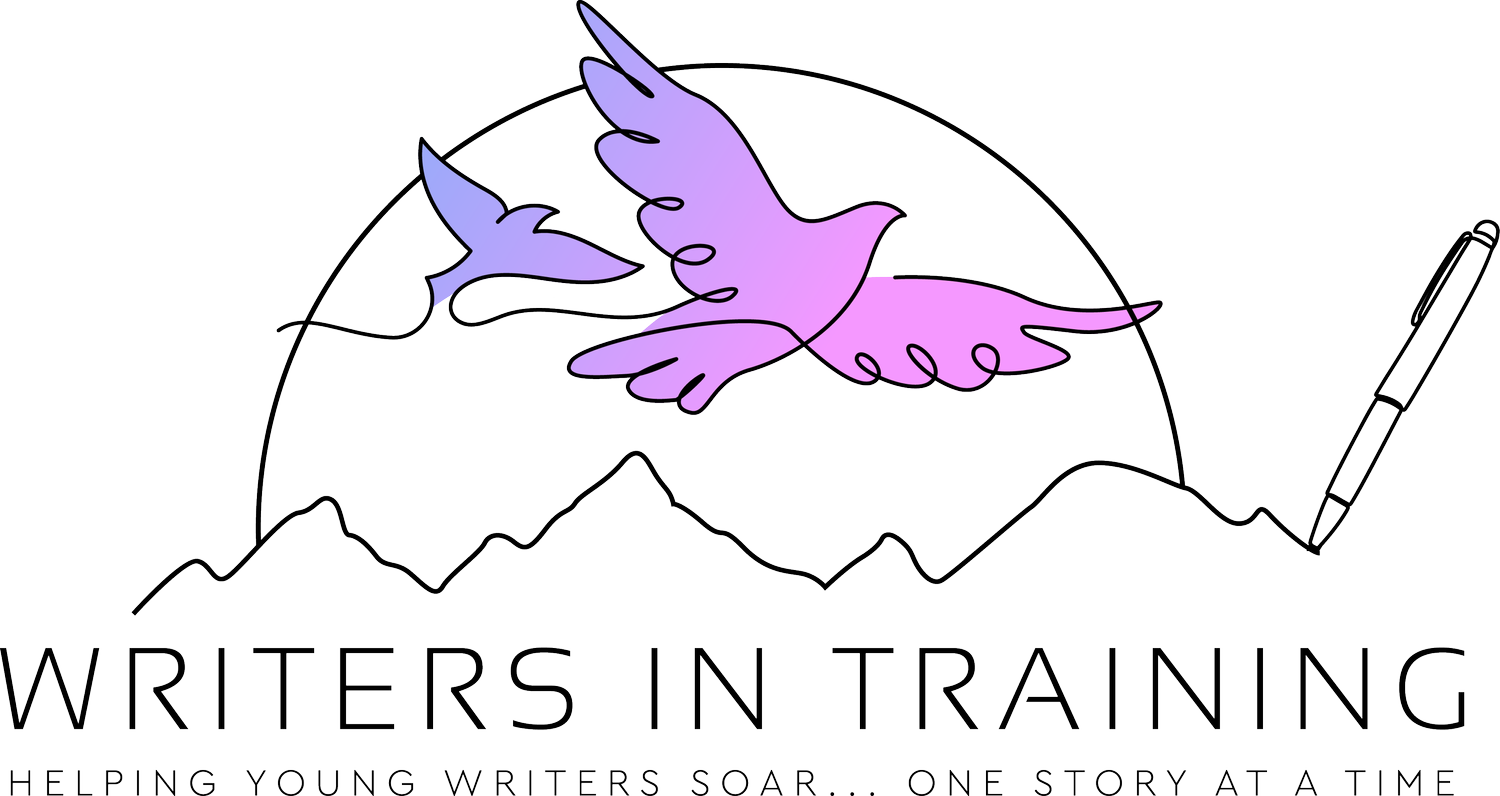Emotive Writing
A well-written story can linger with you for days, weeks, or even years. When I was 12, I read a story about a young girl who desperately wanted a pet dog. It was a simple premise that resonated deeply with me as I, too, was desperate for a pet of my own. Not a family pet, but something that belonged to only me.
The description of the main character meeting her puppy for the first time thrilled me. My attachment to the character and that puppy grew as their friendship grew. When the girl in the story discovered her dog was blind, I was as shocked as she was. And then, when a flood assailed the small, rural town in which her family lived, I held my breath as the family climbed into a rowboat with the rescue team sent to save people from their flooded homes.
As the waters rose and rain thrashed the little boat, a wave almost toppled it. The little girl was tossed over the side. I endured white-knuckle moments as the author described how the blind puppy, drawn to the fearful cries of its beloved owner, leaped over the edge and into the frigid water. He swam to her, grabbed her by her sodden sweater, and bravely swam against the current, guided by the calls of the adults bobbing helplessly in the boat nearby. I held my breath, and then, just as I thought all was lost, the pup made it to the side of the boat and the young girl was pulled to safety. “Hurrah!” my heart sang as I read. Without warning, another wave hit the boat. Before they could pull the pup to safety, he was washed away into the dark, swirling chaos of the flood waters. I was stunned.
I have no idea what that book was called. I don’t remember the main character’s name or where the story took place. But I do remember how the story made me feel. I do remember closing the door to my bedroom and flinging myself down on the floor next to my bed so that I could sob in private. No one would have understood why that story affected me so much.
Years later, I was teaching my grade 2 class about how authors write stories to entertain. Sometimes, stories are meant to make you laugh. Some stories are exciting, suspenseful, or even terrifying. But some stories make you sad. I wanted my students to understand the power they have as authors, the power to make their readers feel any emotion they, as authors, choose. To emphasize my point, I told them about that book I had read when I was just a little older than them. As I retold the story, tears ran down my face. The class listened with rapt attention as their teacher cried openly over a story she had read two decades before. Sheepishly, I wiped my tears and said, “So you see! Some stories are meant to make you sad.”
Later, while the class wrote their own stories, I heard soft sobbing. Concerned, I quietly walked up and down the aisles, listening for whoever was distressed. As I neared one student’s desk, I was surprised to see tears running down her cheeks as her pencil moved steadily over the paper.
“Sweetie, what’s wrong?” I asked.
“Oh!” she said, her pencil stopping midsentence. “My story is just so sad!”
Without another word, she returned to her writing, words spilling across the page as her tears flowed freely.
That is the power of emotive writing.
A talented writer takes the time to learn not just how to write a story but how to craft each sentence to convey emotion. You do this by choosing each word carefully. Next, you choose the best way to order those words to evoke the sadness, joy, exuberance, or fear you want your reader to feel. In other words, you take the time to practice basic writing skills, which may seem mundane but form the framework to paint a vibrant picture in your reader’s imagination. Well-chosen words and carefully crafted sentences can transport readers to a place where they can’t help but sob or laugh unrestrainedly.
Never underestimate the ability of a young writer to create stories full of deep emotional meaning. With guidance and encouragement from a caring adult, even the youngest writers can write to convey emotion.

